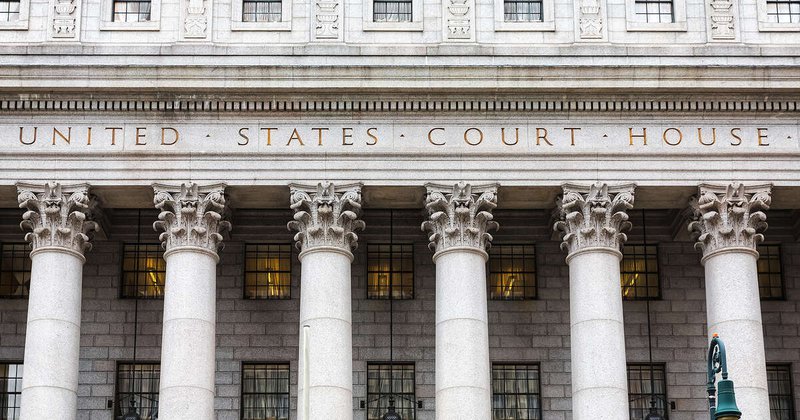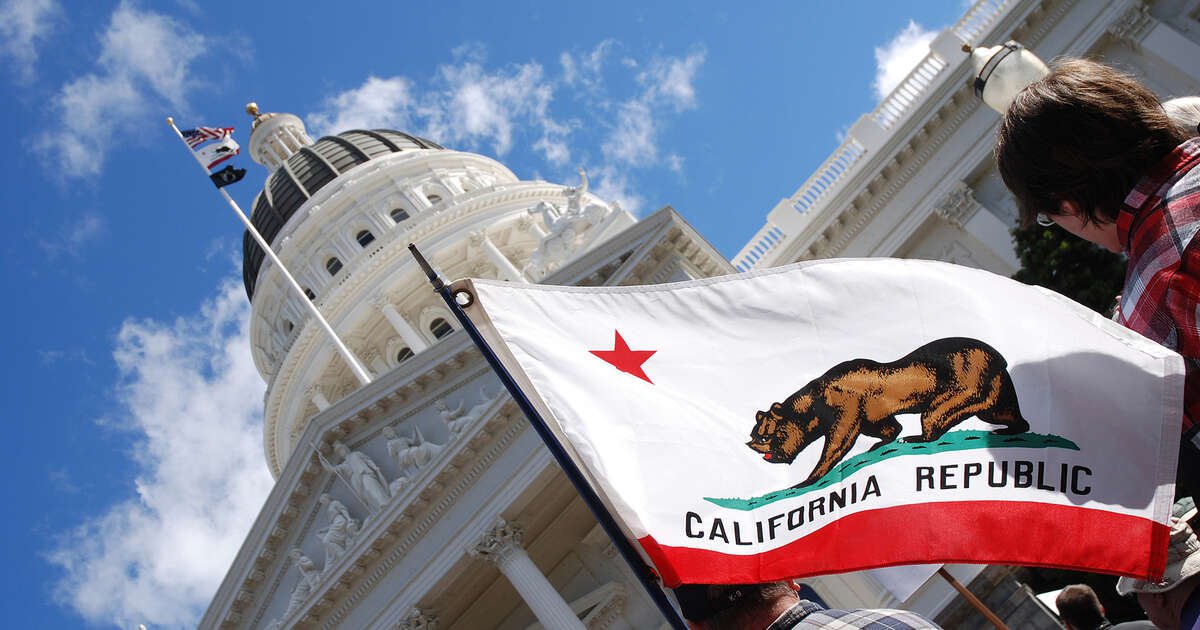The Upcoming Constitutional Watershed of Trump v. Slaughter
In September 2025, the Supreme Court's decision to allow the removal of FTC Commissioner Rebecca Kelly Slaughter marks a pivotal moment in U.S. regulatory history. The ruling may overturn the landmark case Humphrey's Executor v. United States, challenging the autonomy of independent agencies. As the Court prepares for December's oral arguments, the outcome could redefine presidential power and reshape the landscape of federal regulation, affecting everything from consumer protection to financial market oversight. Prepare for a decisive shift in the balance of power.
The Upcoming Constitutional Watershed of Trump v. Slaughter
A “watershed” in history is a vivid metaphor for a turning point where the flow of events changes direction, those rare, pivotal moments when the current of human affairs pours into a new channel—decisive wars, revolutions, landmark rulings, or cultural awakenings that permanently alter the course ahead. The upcoming Supreme Court case of Trump v. Slaughter will likely stand among these moments.
The Supreme Court's September 2025 decision temporarily allowing the removal of FTC Commissioner Rebecca Kelly Slaughter has set the stage for what could become one of the most consequential watershed rulings in decades. The Court's 6-3 order not only permits Trump's removal of the Democratic commissioner to stand while litigation continues but also schedules oral arguments for December 2025 on whether to overturn the landmark 1935 precedent Humphrey's Executor v. United States.
Background of the Supreme Court Case
The controversy began in March 2025 when Trump fired two Democratic FTC commissioners, Rebecca Kelly Slaughter and Alvaro Bedoya, without citing the statutory grounds required by federal law. The Federal Trade Commission Act permits removal of commissioners only for "inefficiency, neglect of duty, or malfeasance in office," but Trump cited only his broad constitutional authority over the executive branch. While Bedoya eventually resigned, Slaughter pursued legal challenges that wound through federal courts.
The District Court initially ruled in Slaughter's favor, ordering her reinstatement and declaring her removal "unlawful and without legal effect." The D.C. Circuit Court of Appeals upheld this decision, finding the Supreme Court case Humphrey's Executor v. United States controlling and directly on point. However, the Supreme Court's conservative majority granted the Trump administration's emergency stay request, effectively suspending these lower court orders.
What Does Humphrey's Executor Stand For?
Decided in 1935, Humphrey's Executor v. United States has served as the constitutional foundation for independent agency autonomy for nearly 90 years. As discussed in a prior article, the case arose when President Franklin Roosevelt fired FTC Commissioner William Humphrey over policy disagreements, despite statutory protections requiring "cause" for removal. William Humphrey died during the proceedings, but the executor of his estate continued them in his stead, which is why the case is referred to in that fashion.
The Supreme Court unanimously ruled that Congress could validly restrict presidential removal power for independent regulatory commissions, distinguishing the FTC from purely executive agencies by describing it as performing "quasi-legislative and quasi-judicial functions."
The Court emphasized that the FTC was "neither political nor executive, but predominantly quasi-judicial and quasi-legislative," establishing the principle that independent commissions could be insulated from direct presidential control. This reasoning has protected not only the FTC but also other independent agencies like the National Labor Relations Board, the Securities and Exchange Commission, and the Federal Communications Commission.
Constitutional Questions at Stake
The Supreme Court will address two critical questions in December 2025: whether statutory removal protections for FTC commissioners violate separation of powers principles so Humphrey's Executor should be overruled, and whether federal courts can prevent someone's removal from public office.
Although Trump’s move to dismiss Slaughter for policy reasons was exactly what prompted FDR to fire Humphrey 90 years earlier, the Trump administration argues that the modern FTC exercises substantially more executive power than the 1935 version of the agency, rendering the precedent inapplicable.
- The Modern FTC Argument: Supporters of presidential removal authority argue that the current FTC bears little resemblance to the 1935 agency that Humphrey's Executor protected. Since 1935, Congress has significantly expanded the FTC's powers to include issuing regulations governing unfair or deceptive practices, bringing individual adjudications regarding unfair competition, and imposing penalties for violations. The agency's recent attempt to ban virtually all non-compete agreements exemplifies its modern executive authority.
Supporters further argue that Article II centralizes executive power in the president to ensure democratic accountability, reasoning that only the President and Vice President are elected by a majority of the people, and insulating commissioners from presidential removal effectively shields them from democratic accountability.
- The Independent Agency Argument: Defenders of the current system emphasize that independent agencies like the FTC provide crucial expertise and continuity that pure political appointees cannot match. Moreover, individual FTC commissioners exercise virtually no executive power. Instead, executive authority at the FTC is concentrated in the Chair, who serves at the president's pleasure, who is appointed and can be removed by the president, who thus already maintains significant influence over the agency as a whole.
Defenders also argue that agencies like the FTC provide vital services to the American people and were therefore designed to be independent from any one elected official so they cannot be influenced by external politics and personal interests.
What if Humphrey's Executor is Overruled by the Supreme Court?
If the Supreme Court overturns or significantly narrows Humphrey's Executor, the implications would be profound and far-reaching.
- Enhanced Presidential Control: Such a degree of control over an independent agency would fundamentally alter the balance of power, allowing presidents to remove independent agency commissioners for policy disagreements rather than misconduct. This could transform agencies designed to operate with bipartisan expertise into extensions of presidential administration policy, to the potential detriment of the mission of the agency in question.
- Institutional Independence Erosion: According to many legal experts, the erosion of institutional dependence represents perhaps the most significant concern. Independent regulatory bodies were specifically designed to counterbalance political influence and provide consistent law enforcement across different administrations.
- Regulatory Policy Disruption: Should the traditional independence of agencies like the FTC disappear, the natural consequence would be policy disruption, as agencies become more deferential to executive branch priorities rather than following their statutory mandates. The expertise and institutional memory that comes from staggered, longer-term appointments could be lost as commissioners serve at presidential pleasure. Consumer protection, antitrust enforcement, labor law, securities regulation, and telecommunications oversight could all become subject to dramatic policy swings with each new administration.
- Congressional Authority Challenges: Congress created these independent agencies with specific statutory protections to ensure they could fulfill their missions without undue political interference. Overturning Humphrey's Executor would effectively transfer significant governmental authority from Congress to the presidency, potentially undermining the separation of powers established by the Constitution.

What to Expect in December
The December 2025 oral arguments will determine whether nearly 90 years of constitutional interpretation survives in the modern era of expanded executive power theories. The Court's conservative majority has already shown skepticism toward for-cause removal protections in recent cases like Seila Law LLC v. CFPB (2020), where Chief Justice John Roberts emphasized the president's constitutional authority to remove and supervise those in executive positions.
Seila Law maintained the Humphrey's Executor precedent for multi-member boards like the FTC while striking down protections for single-director agencies like the CFPB, but Justices Clarence Thomas and Neil Gorsuch did not hide their disdain for Humphrey’s, with Thomas calling the precedent a "direct threat to our constitutional structure and, consequently, the liberty of the American people."
The stakes in Trump v. Slaughter extend far beyond the FTC to encompass the entire framework of federal regulation. If the Court grants presidents unlimited removal authority over independent agencies, it would represent the most significant shift in executive power since the New Deal era, potentially reshaping how financial markets are regulated, labor laws are enforced, and consumer protections are maintained.
The December arguments and subsequent decision, expected by the end of the 2025 term, will determine whether the constitutional architecture of independent expertise survives or gives way to a more unified executive branch structure.




